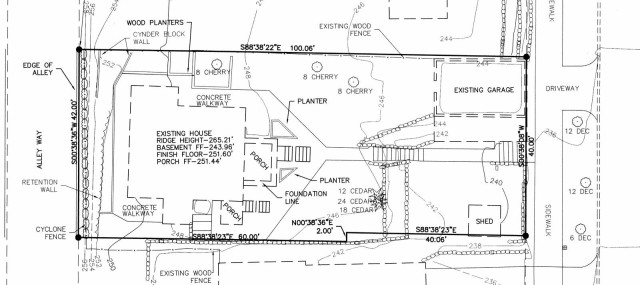The Science of Architecture
We always find it a bit concerning when the process of architecture is likened to making art. Art can be created based on nothing more than an emotion, from an ephemeral moment in time, and without repercussions to the physical world. It’s free from the dependencies of shelter, protection, and sometimes, even gravity. Art doesn’t have to make your life better.
This is not to be interpreted that we dislike art or lack an appreciation for art. Quite the contrary. We consider art necessary in our lives; we pay attention to it, consider it, and consume it. The artists in our lives are important people to us and their work is valued.
But architecture is not art. To function well and properly serve individuals, communities, cultures, and the environment, the design process of architecture involves wide-ranging dependencies and a finished piece of architecture has serious implications on both the natural and built environments. Because of this, we’ve always thought the process of architecture should be more akin to science.
Today’s post relates the design process to the basic steps of the scientific method (the same scientific method taught in grade school). The method allows questions to be asked and answered through observations and experiments. It provides feedback loops that allow architecture to become better and more successful the longer the scientific method is exercised. To better demonstrate the method with regard to the design process, we’ll cover a residential project, Utopian Heights Modern (UHM), which is currently in design at the BUILD World Headquarters
(Read more) Via http://blog.buildllc.com/2015/04/the-science-of-architecture/



Comments :